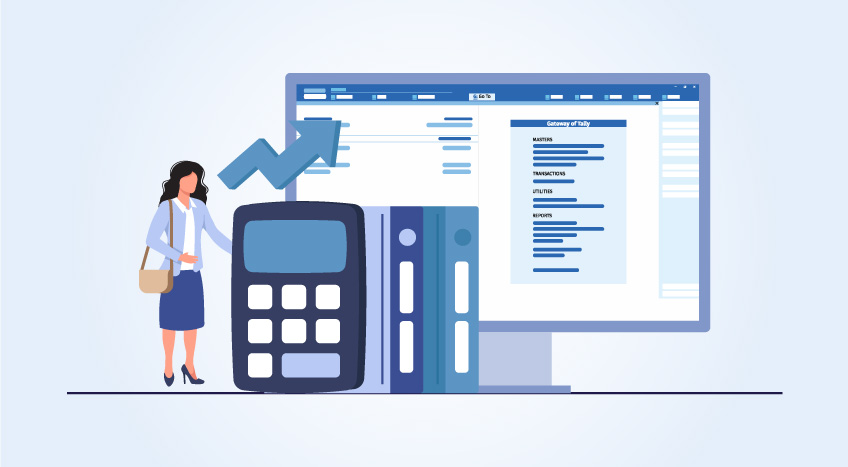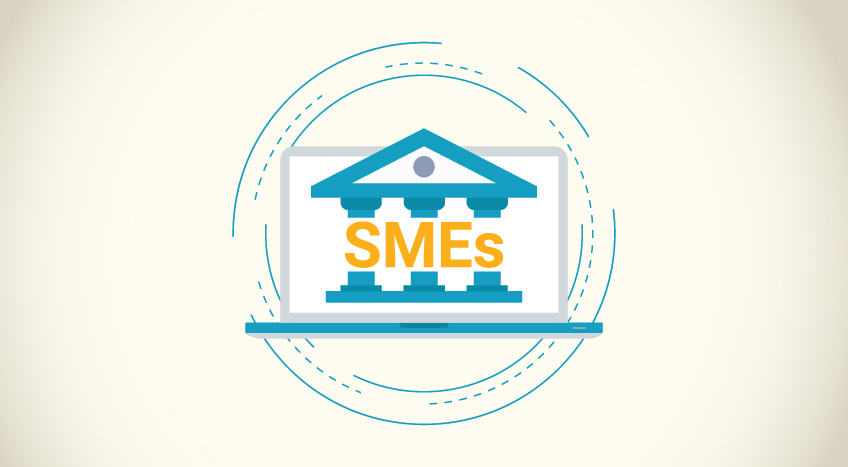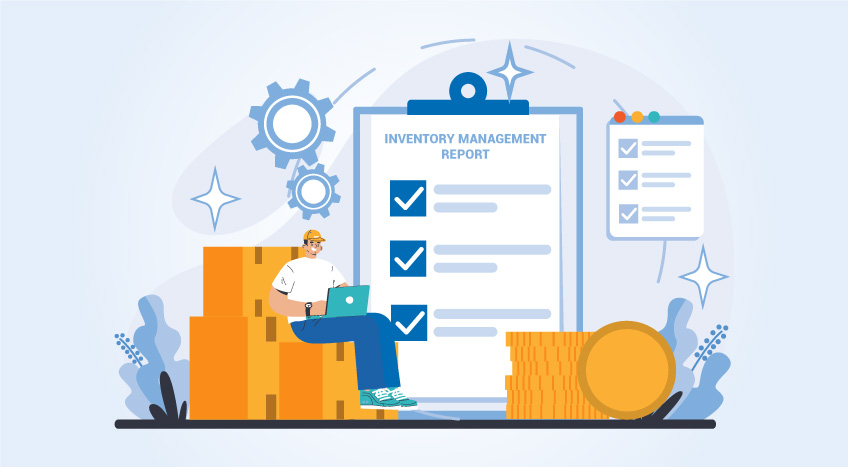- Why should you track accounts payable metrics?
- Accounts payable benchmarking – why is it important to know where you stand?
- The key accounts payable metrics
- Accounts payable metrics list
Managing cash flow is an important aspect of business management. CEOs need to monitor and analyze the company's cash outflows. Ideally, the outflow of money should be less than the inflow . Accounts payable directly affect the working capital, cost-effectiveness, and supplier relationships. Good accounts payable management can improve profitability and competitiveness. Any standout metric can indicate the need for more attention to those areas. Metrics are easier to monitor than detailed analysis reports.
Why should you track accounts payable metrics?
Accounts payable benchmarks give you vital information about the accounts payable system at a glance. Detailed accounts payable analysis and reports can be time-consuming to monitor regularly. While these detailed analyses are useful for regular brainstorming and decision-making, metrics are easier for daily monitoring.
It provides an overall view of the accounts payable process and measures the performance of specific aspects. They help identify which specific process in accounts payable is underperforming.
Accounts payable benchmarking – why is it important to know where you stand?
Managing accounts payable is essential for the financial health of a company. The accounts payable department oversees the process of verifying and issuing each payment. But, the overall practices and trends of the accounts payable department are under the control of management. When management makes decisions basis the accounts payable key performance indicators (KPIs), they are better informed. They will be able to see their decision's effect on the accounts payable. They can also clearly assess the areas that need improvement for better efficiency.
Accounts payable metrics are a consistent and reliable way to track your accounts payable performance. It helps see if the process is improving or declining in performance, efficiency and accuracy. It is also useful to use accounts payable benchmarks for supply chain planning, budgeting, and other financial analysis.
The key accounts payable metrics
AP Metric 1: Average processing cost per invoice
Processing accounts payable costs time and money. It may be difficult to calculate since many steps make the accounts payable process. But, it is good to compare your company’s processing cost with the industry benchmark. Manual processing is also more liable for costly delays caused by slow-moving papers, verification inaccuracies, double payments, late payment penalties, and other issues. However, automating the accounts payable process can save up to 60 to 90% of the cost of processing manually. Automation may also have a beneficial effect on the hidden coast of goodwill and a good supplier relationship.
When calculating the cost of processing invoices, the following should be studied:
Human resource cost: The number of people who process the paperwork and payment is larger when manually processing accounts payable. The time spent by all people involved in the process should be measured and the expense calculated. The people involved would also include those from other departments who spend time in the process.
Software costs: If the process has been automated, the software costs should also be included in the costs of processing an invoice.
Physical goods: Many items such as paper, ink, printers, etc., are used in the accounts payable process and should be accounted for.
Transaction fees: Payment to vendors involve transaction fees that vary depending on the type of transfer. They add to the accounts payable cost.
All the direct and indirect costs should be totaled to determine the cost of processing an accounts payable invoice. The company should aim to attain maximum efficiency in accounts payable with minimum costs.
AP Metric 2: Average payment processing time
The time it takes to process an invoice is a good way to measure the efficiency of the accounts payable process. If an invoice takes a long time to be processed, there are bottlenecks in the system.
The steps taken to process accounts payable are generally:
- Receipt of vendor invoice against a purchase order
- Verification against purchase order and receiving report
- Recording all the details of the invoice in relevant ledgers
- Submitting invoice for approval
- Processing the payment if approved
- Requesting payment receipt from the vendor
- Updating relevant records
If the papers are moving slowly across the process, it may be because there is a lot of manual data entry and verification involved. Automating and digitizing records make the process flow quick and error-free.
AP Metric 3: Invoices processed per FTE (Full-time employee)
List the number of employees who handle the account payable invoices and calculate the number of invoices processed per employee. When the system is manual, the number will be low. This means that you are spending more on human resources for fewer invoices. Automation reduces the number of people involved and increases the number of invoices processed per person. In an automated system, if there is underperformance in this metric, the company should improve the response time for the people in charge of key processes such as approvals and payment issuance.
AP Metric 4: Early payment discounts offered vs. captured
Paying vendors late damages the companies’ reputation, creditworthiness, and relationship with vendors and may also attract penalties. On the other hand, some vendors offer discounts and benefits for early payments. These opportunities must be utilized well to save money. If this metric shows that the company is missing out on benefits offered by vendors for early payment, it indicates that there is room for improvement.
AP Metric 5: Late Payments & penalties
Just as the company tracks early payments, late payments are also a key area to watch. Late payments attract penalties and late fees. They also destroy supplier goodwill and impact future dealing with the same supplier. Late payments can also damage the company’s creditworthiness. Late payments could be caused by delayed processing of invoices. They could also result from inefficiencies in tracking and keeping up with the due dates for each payment.
If your company has many late payments, it indicates serious issues with the accounts payable process. Automation generally allows better visualization, speedy processing, and clear reporting on bills' due dates and helps avoid late fees and maintain better customer relationships.
AP Metric 6: Percentage of exceptions vs. total invoices processed
The verification process of accounts payable is essential to prevent fraud. It compares three important documents; purchase order, receiving report, and invoice and ensures that the order is a genuine purchase order issued by the company. It also verifies that the goods received are exactly as ordered and invoiced.
However, the verification process may cause exceptions when the documents do not match. The exception is often caused by simple clerical errors in the documents. It can also be used when one of the documents is lost or misplaced. The third type of exception is when there is a document mismatch.
Exceptions cause payment delays and hurt supplier relations which can put payment on hold. A delayed or erroneous payment is a problem. Automaton ensures that there are no clerical errors in the documents. Digitized documents are linked and cannot be misplaced and are easy to process and approve. When there is a mismatch, the digitized copies are easier to rework by the supplier and the company.
The number of exceptions compared to the total orders tells you how efficient and accurate the accounts payable process is. If there are many exceptions, it is a red flag that indicates serious problems with your company’s accounts processing.
Automation will enhance the accuracy of the verified documents in accounts payable. It also lions related documents digitally, and there is no chance of them being lost. There will still be issues when orders delivered do not match the purchase order. But, handling these exceptions will also be quicker with automation.
AP Metric 7: Percentage of straight-through invoices
A company should measure and track the percentage of straight through vs. the total number of invoices processed. Straight-through invoices make it through the accounts payable system without exceptions or delays and reduces the time and cost of the accounts payable process. They are also good for buyer relations and maintaining the company's creditworthiness.
AP Metric 8: Number of discrepancies and disputes from vendors
The accounts payable process is focused on verifying the supplier invoice and making payments. However, even after the accounts payable have been processed and the payment issued, there could be problems from the supplier side. Suppliers could have an issue with the payment if it is incorrect, of the wrong value, or issued against the wrong purchase order or invoice. Clerical errors during the accounts payable process could result in disputes.
Manual records are very prone to misplacement and human errors. Automation links all the related documents, so there are no errors in linking the right purchase order to its invoice and ensures no mistyped errors in the payment.
AP Metric 9: Number of AP operators or officers
The CEO should be aware of the number of personnel involved in the accounts payable department and process. Understaffing and overstaffing of the accounts payable department should be avoided.
AP Metric 10: ROI on invoice automation
Using the right software to automate the accounts payable process will positively affect all the metrics. Automation also offers more transparency and easy reporting of accounts payable metrics. But, calculating the actual ROI of using software for automation will reassure CEOs who have chosen to automate.
Accounts payable metrics list
The accounts payable metrics are a reliable measure of how well the accounts payable process is working. In a manual system, calculating the metrics would take time. Digitization makes the metrics readily available for regular reviews. Choosing an accounts payable software that is is flexible enough to accommodate any unique or different methods that your company includes in the accounts payable process is key.
TallyPrime helps companies improve their accounts payable benchmarks to become as efficient, productive, and agile as possible. It is the key to processing the maximum number of straight-through invoices to keep vendors happy and the company process accurate.
Read More:










